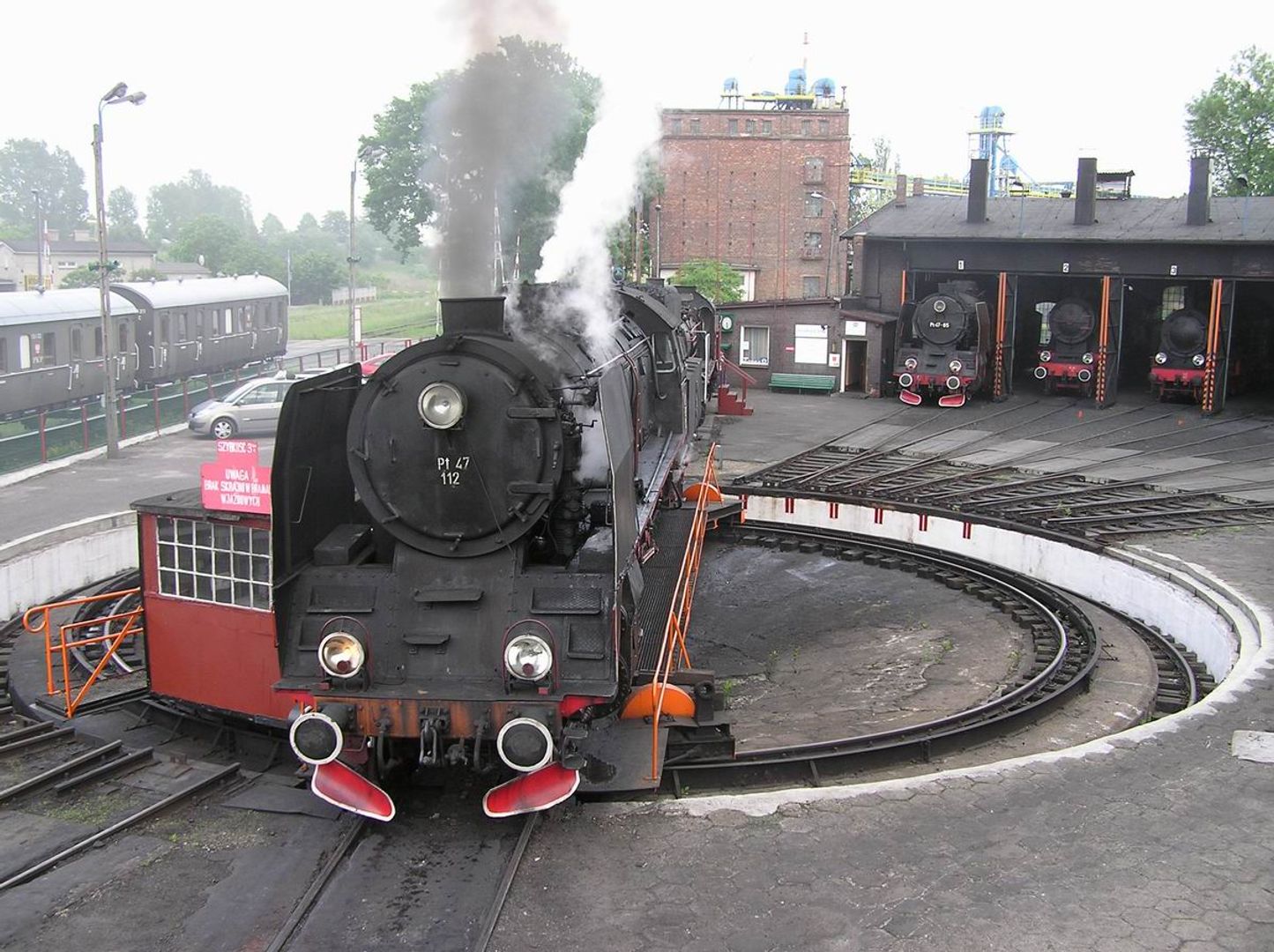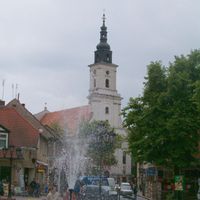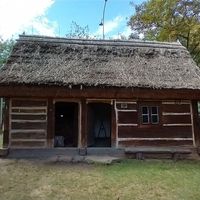Wolsztyn
6.39

Overview
Wolsztyn, located in the Greater Poland Voivodeship, is a city with a rich history dating back to medieval times. Established in 1458 as a private noble town, it developed primarily through wool trade and cloth production. Throughout its history, the city faced natural disasters, and its demographics shifted due to partitions, including the Second Partition of Poland in 1793, when Wolsztyn came under Prussian rule. The 19th century saw intensified Germanization efforts, which impacted social and cultural life. Wolsztyn played a significant role during the Greater Poland Uprising in 1919 and in the interwar period. During World War II, most Poles were displaced, and the city became a site of forced labor. After the war, the Dr. Robert Koch Museum was established in Wolsztyn to honor the renowned scientist associated with the city. Wolsztyn boasts numerous interesting landmarks, such as the late Baroque Immaculate Conception of the Blessed Virgin Mary Church, a Neoclassical palace, an open-air museum of folk architecture, and a steam locomotive depot—a unique facility in Europe where steam locomotives still operate regular passenger services. The city is known for annual events like the "Steam Locomotive Parade," which attracts crowds of tourists. Its economy is based on industry, including the Firestone plant, which produces shock absorbers. Wolsztyn is also home to sports clubs, and its sports hall has hosted international events. The city has a well-developed transportation infrastructure, with national and local roads and a railway line. Wolsztyn collaborates with international partners, enriching its cultural and social activities.
Location
2025 Wizytor | All Rights Reserved


